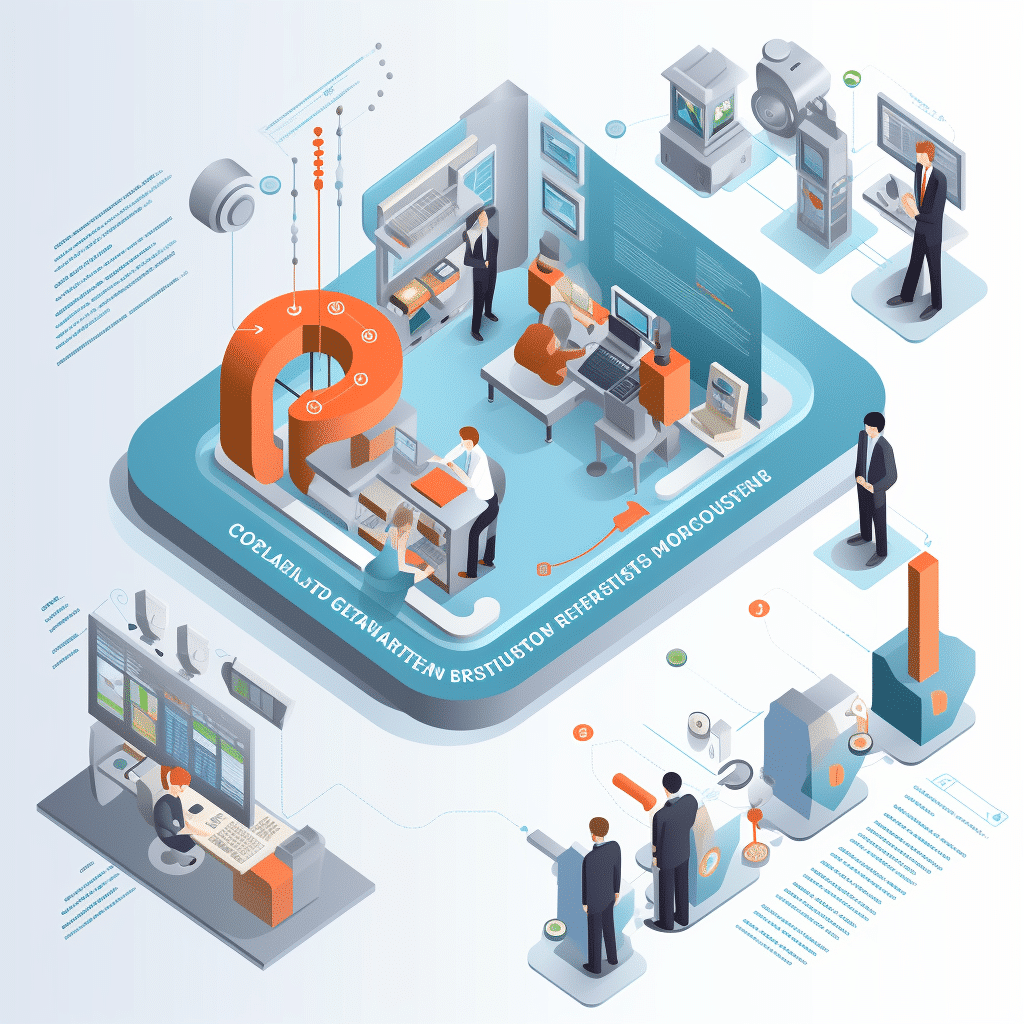Description
As a Customer Representative, Emma’s job involves interacting with customers and providing them with assistance and solutions to their queries, complaints, or concerns regarding the products or services of her company.
KPI’s
Key Performance Indicators (KPIs) are important metrics that can help measure the success of a customer representative in an industrial company. Here are some potential KPIs for customer representatives in an industrial company:
- Customer Satisfaction: Measuring customer satisfaction can be done through surveys or feedback forms, and can provide valuable insights into how satisfied customers are with the service provided by the representative. A high level of customer satisfaction indicates that the representative is doing a good job.
- Response Time: How quickly a representative responds to customer inquiries or requests is an important metric for customer service. This can be measured by tracking the time between when a customer contacts the representative and when they receive a response.
- Resolution Rate: The percentage of customer issues that are successfully resolved by the representative can be a good indicator of their effectiveness. This KPI can help identify areas where the representative may need additional training or support.
- First Contact Resolution Rate: This KPI measures the percentage of customer inquiries or issues that are resolved on the first contact with the representative. A high first contact resolution rate indicates that the representative is able to efficiently and effectively solve customer problems.
- Sales: While the primary responsibility of a customer representative may not be sales, it can be a valuable metric to track in certain industries. The representative may be responsible for up-selling or cross-selling to customers, and tracking their sales can help identify areas for improvement or training.
- Call Handling Time: Measuring how long it takes a representative to handle customer inquiries can help identify inefficiencies and areas for improvement. This KPI can also help determine if the representative is spending an appropriate amount of time with each customer.
These are just a few examples of KPIs that can be used to measure the performance of a customer representative in an industrial company. It’s important to select KPIs that are relevant to the specific goals of the company and the responsibilities of the representative.
Emma’s SIPOC as Customer Representative
here’s an example of a SIPOC for a Customer Representative:
- Supplier: None (The customer representative does not have a direct supplier, but they may receive support from other departments such as IT or HR.)
- Inputs: Customer inquiries, feedback, complaints, requests for support, training materials
- Process: Customer Support (Includes handling inquiries, resolving issues, providing support, and following up with customers)
- Outputs: Satisfied customers, resolved issues, customer feedback, support reports
- Customers: Existing and potential customers, other departments within the company (such as Sales or Marketing)
Role of data
As a Customer Representative in an industrial company, your role is to interact with customers and address their concerns or inquiries. In this digital age, data plays a crucial role in providing excellent customer service and meeting their needs.
First and foremost, data allows you to personalize the customer experience. By analyzing their purchase history, preferences, and demographics, you can tailor your communication and offer targeted solutions that are relevant to their specific needs. This helps build trust and strengthens your relationship with the customer.
Furthermore, data helps you track customer behavior and identify patterns that can be used to improve your product or service. For instance, if you notice that customers frequently ask about a particular feature or functionality, you can use that information to enhance your product and stay ahead of the competition.
Data also enables you to anticipate customer needs and proactively address potential issues. For example, if you notice a spike in customer complaints about a certain product, you can investigate the issue and offer a solution before it becomes a bigger problem. This not only improves customer satisfaction but also saves time and resources for your company.
Moreover, data can help you optimize your processes and improve efficiency. By tracking customer interactions and analyzing the data, you can identify areas for improvement and implement changes that streamline your workflow and reduce errors. This leads to a better customer experience and increased productivity for your team.
In summary, data is an essential tool for Customer Representatives in industrial companies. It enables you to personalize the customer experience, improve your product or service, anticipate customer needs, optimize your processes, and ultimately, provide exceptional customer service. By leveraging the power of data, you can stay ahead of the competition and create a loyal customer base.


